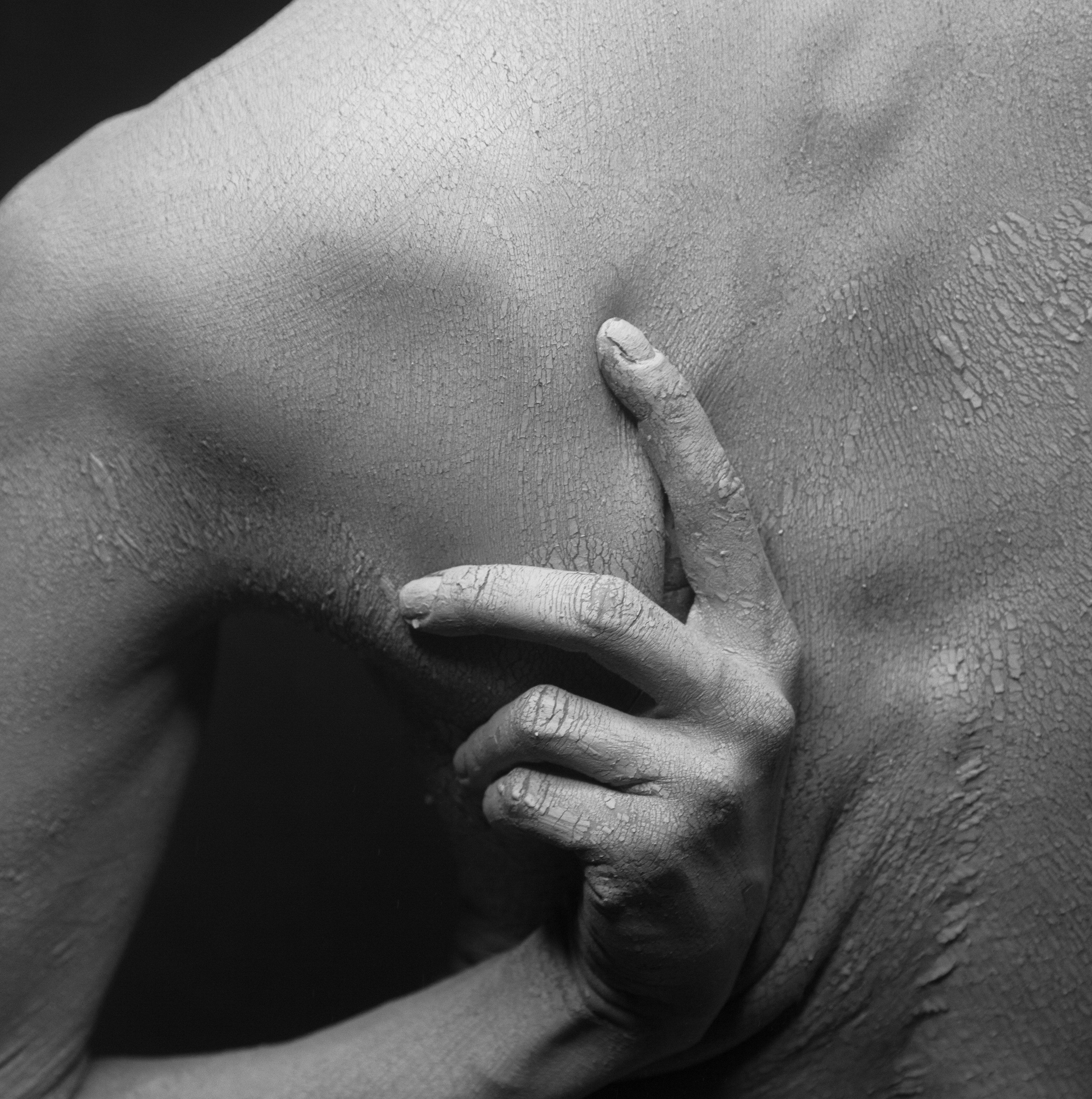Article
More Than 95% of Atopic Dermatitis Patients Experience Chronic Itch
Author(s):
A Brazil cross-sectional analysis suggests chronic pruritus is even more common—and burdensome—in atopic dermatitis patients than previously believed.
Credit: Pexels / Kristina Nor

More than 95% of patients with atopic dermatitis experience chronic pruritus based on outcomes from a recent cross-sectional analysis of patients from a referral university hospital in Brazil.1
New data from a team of multinational investigators indicates the commonly accepted 90% prevalence of chronic pruritus—or itch—among patients with atopic dermatitis may actually be an undersell. What’s more, a majority of affected patients report sensations of heat and pain associated with the daily symptom.
In research presented at the Revolutionizing Atopic Dermatitis (RAD) 2023 Spring Conference in Washington, DC, this weekend, a team of investigators led by Georgia Biazus Soares of the Dr. Phillip Frost Department of Dermatology and Cutaneous Surgery at University of Miami Miller School of Medicine conducted an analysis of itch prevalence and severity in patients with atopic dermatitis treated at a Sao Paulo referral university hospital in Brazil. Their objectives were to describe characteristics of patient itch via questionnaires and quality-of-life tools, as well as the symptom’s association to patients’ clinical severity of atopic dermatitis.
“A study assessing patients at the University of São Paulo School of Medicine found that atopic dermatitis severely impacted quality of life (QoL) assessed by the Dermatology Life Quality Index (DLQI),” they noted. “However, this measurement is not itch-specific. Since atopic dermatitis is phenotypically and molecularly different in ethnic populations, the diverse patient population found in Brazil represents an opportunity to further the understanding of atopic dermatitis in these individuals.”
Soares and colleagues assessed patients >16 years old who were followed up at the hospital’s atopic dermatitis outpatient clinic. Measures for pruritus impact included the Numerical Rating Scale (NRS), a validated itch questionnaire, and the ItchyQoL. Atopic dermatitis impact was measured via Eczema Area and Severity Index (EASI), validated Investigators Global Assessment for Atopic Dermatitis (vIGA-AD), and Patient Oriented Eczema Measures (POEM).
The cross-sectional analysis included 86 patients ranging from 16 – 72 years old; mean patient age was 30.5 years old. A majority (58.1%) of patients were White, followed by Pardo Brazilian (24.4%).
The team observed pruritus in 95.3% of all patients with atopic dermatitis. Mean itch NRS score in the last 2 weeks was 7.279 out of 10; mean ItchyQoL was 78.36 out of 110.
More than one-third (38.37%) of patients experienced >10 itch episodes daily; the most common itch locations were arms (82.6%) and thighs (79.1%). A majority of patients experienced associated symptoms of bleeding (72.1%), heat sensation (66.3%) and pain (54.7%) due to their pruritus.
The assessed patients additionally reported measures indicating burdensome atopic dermatitis; mean EASI was 20.86, mean vIGA-AD was 3.67 out of 5, and mean POEM was 18.23 out of 28.
Soares and colleagues noted there were no significant differences in EASI, vIGA-AD and pruritus NRS scores between the observed ethnoracial groups—though a correlation between vIGA-AD and EASI scores were found in all groups aside from Black patients, which would validate these assessments in instances where erythema is visible on patients.
Overall, the team concluded chronic itch is more prevalent than what’s been previously reported in even similar population cohort analyses, and that pruritus is linked to “substantial intensity and frequency” in patients with atopic dermatitis.
“Over half of patients reported pain and heat sensation associated with their pruritus, which is consistent with previous findings in atopic dermatitis patients,” they wrote. “Pruritus has a considerable impact on the quality of life of patients with atopic dermatitis.”
References
- Soares GB, Orfali R, Averbach BL, Yosipovitch G, et al. Evaluating chronic pruritus prevalence, characteristics, and effects on atopic dermatitis patients from a referral university hospital in São Paulo, Brazil. Paper presented at: Revolutionizing Atopic Dermatitis 2023 Spring Conference; April 29 – May 1, 2023; Washington, DC. Accessed April 30, 2023.




